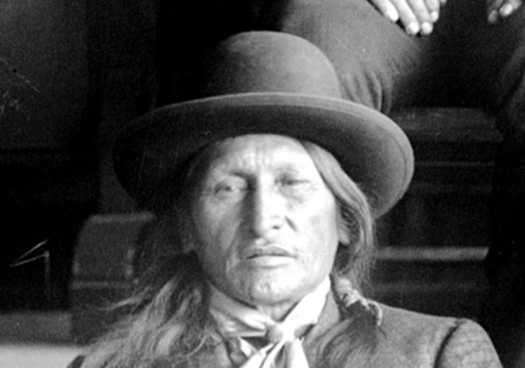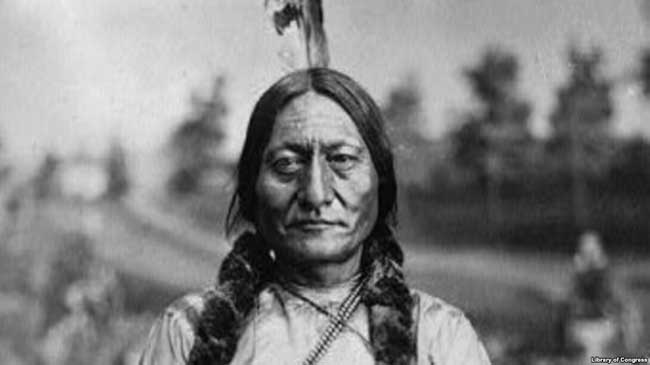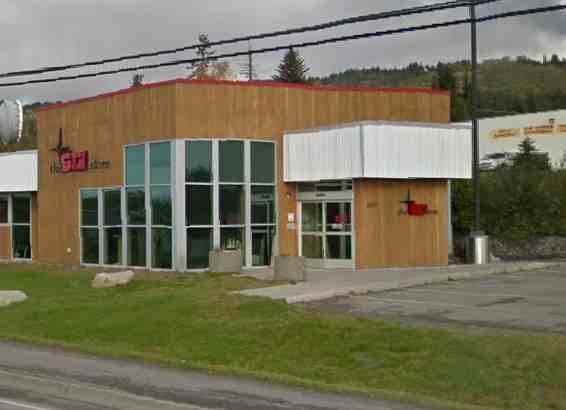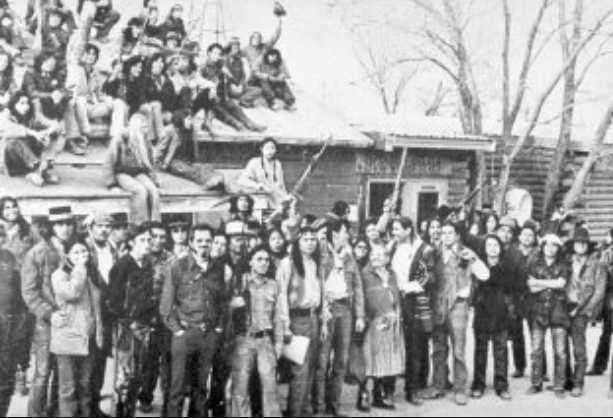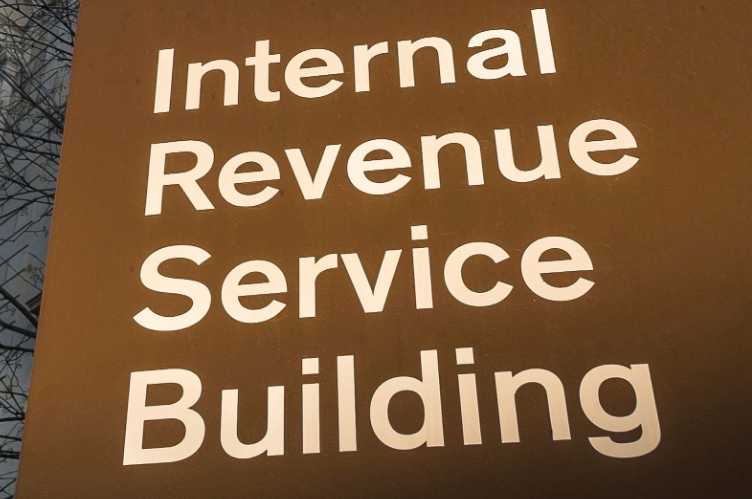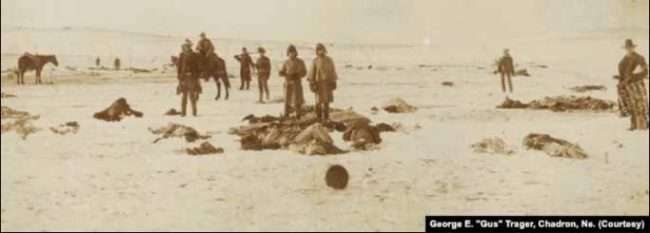
Part 1 of this series looked at the circumstances leading to a massacre of Lakota men, women and children at Wounded Knee, South Dakota, on December 29, 1890. In November, a museum in Barre, Massachusetts, repatriated more than 150 objects believed to have been looted from the massacre site. VOA dug through historic records and archives to trace how and when they were obtained, how they made their way to New England, and more than a century later, back to the Lakota.
Native American remains and artifacts have always held a fascination for non-Native Americans.
In the 1780s, former U.S. President Thomas Jefferson excavated Native burial sites in Virginia, earning himself the nickname “father of American archaeology.”
In the decades that followed, amateur archaeologists excavated hundreds of burial mounds across America, selling bones and artifacts to museums and private collectors.
The massacre at Wounded Knee ignited what one Nebraska newspaper called days later a “relics craze.” But why?
“Part of it came from this problematic idea that Native American communities were disappearing,” said Aaron Miller, associate curator of visual and material culture at the Mount Holyoke College Art Museum in Massachusetts. “You began to see both museums and collectors acquiring these objects to show this idea — this false idea — of what once ‘was.’”
Scavengers
The smoke of Hotchkiss guns had barely cleared when members of the U.S. Army’s 7th Cavalry began picking through the bodies of the fallen, retrieving “souvenirs” of the 1890 massacre.
The next morning, a group of townsmen from Chadron, Nebraska, got a military pass and hired a coach to race more than 130 kilometers to Wounded Knee. Among them was local photographer Gus Trager, who would achieve fame for his photograph of slain Chief Si Tanka — “Big Foot.”
Ten days later, Trager and town barber Joe Ford had amassed what a local newspaper called “the finest and rarest collection of war dresses, ghost shirts, trinkets, moccasins, etc., now on earth,” including “the entire outfit of Chief Big Foot and the old Medicine Man who brought on the great fight.”
When the Nebraska National Guard was called to nearby towns shortly after the massacre, young guardsmen also joined the relics “craze.”
Omaha Daily Bee correspondent Charles H. Cressy was one of three reporters on the scene at Wounded Knee when the massacre began. Three weeks later, his newspaper reported that items he brought from the site were now on display in an Omaha shop window.
The demand for relics grew, and by mid-February 1891, The Dayton Herald of Ohio noted that many western towns, especially Omaha, were filled with “itinerant vendors of souvenirs of the fight at Wounded Knee.”
“For a moderate investment of cash, the Eastern “tenderfoot” [newcomer] can procure any sort of a relic,” the article said.
To meet demand, some individuals manufactured counterfeit relics, according to the Pickens County Herald and West Alabamian. The newspaper reported that a Chadron journalist attempted to fool a prospective buyer by manufacturing a “ghost shirt” from a stamped hotel bedsheet. It was the ink stamp that gave him away.
The Tenderfoot from Massachusetts
Traveling shoe salesman Francis Pitkin Root arrived in Omaha just as troops were returning from the “Sioux war.” He purchased a considerable collection from Pine Ridge Agency transportation manager Cornelius “Nealy” Williams, who had ferried U.S. troops to and from the front and was later paid to cart Lakota bodies to a nearby burial trench.
According to a July 19, 1891, account in the Brooklyn Eagle newspaper, Root bought:
- A bearskin war bonnet crowned with a circlet of bristles, out of which rose a dyed red eagle feather; it was trimmed with two ponytails and, at the back, a yard-long [nearly 1 meter] “scalp of a white woman.”
- A buckskin war shirt “worn by a chief in the camp of Sitting Bull,” decorated with dyed porcupine quills with matching beaded elk hide leggings.
- A Navajo blanket trimmed in eagle feathers.
- A scalp “torn from the head of an Indian warrior,” with flesh intact.
- A “skeleton” saddle, covered in rawhide, which had bloodstains on the pommel.
- Moccasins taken from the feet of Chief Flying Horse.
- A Ghost shirt decorated with hand-painted thunderbirds — which 19th century writers described as “devil birds” or “harpies,” and a foot-long [0.3-meter] scalp of “coarse black hair.”
- A blue “papoose sack” (cradleboard), trimmed with thousands of tiny beads; a pink basket; a combination pipe/tomahawk, a necklace of 50 deer hooves; bows, arrows, and photographs of Sitting Bull and other leaders.
By that summer, some of Root’s items were on display in shoe store windows in Hartford, Connecticut, and in Brooklyn, New York. By late December, the artifacts were on view at a department store in Boston, where newspapers noted that they would shortly be placed on permanent loan at “a museum in connection with a public library” in Barre, Massachusetts.
Recovery
Nearly 100 years later, former Oglala President Alex White Plume got a phone call.
“In the summer of 1990, a lady called me from Massachusetts and said, ‘Do you know that the clothing of all the dead people at Wounded Knee is up here in the museum at Barre?’ That just shocked me. Oh! It was hard to bear.”
White Plume flew to Massachusetts with his aunt and uncle.
“We went in and could just sense the spirits,” White Plume said. “I saw a clump of hair, and I said, ‘This is Bigfoot’s hair!’ And little baby clothes, totally beaded, just beautiful designs. And then you’d look at the back part, there would be a big black hole where the bullet exited the body.”
The Oglala Sioux Tribe asked author and activist Mia Feroleto to help negotiate the items’ return from the Barre Founders Museum. She told VOA she was stunned to find how little they had deteriorated after more than a century stored in a building without heat or air conditioning.
“The colors were as bright as they would have been the day before the massacre 130 years ago,” Feroleto said. “The energy in these objects, to my mind is a testament of the spirit of the people, because they were perfectly preserved.”
In November 2022, Oglala and Miniconjou Lakota gathered in the cafeteria of a Barre elementary school for a ceremony to reclaim the artifacts, joined by members of the local Mashpee Wampanoag tribe and the state-recognized Nipmuc tribe.
The items are currently being stored at the Oglala Lakota College in Kyle, South Dakota, where they will remain for the foreseeable future.
In the coming months, descendants will work to decide the fate of their ancestors’ belongings. Should they be turned over to the Miniconjou at Cheyenne River, whose ancestors made up most of the massacre victims? What about the Hunkpapa from Standing Rock, who also lost ancestors at Wounded Knee?
And the items themselves: Should they be buried with the victims or burned according to traditional Lakota burial practices?
Nearly everyone involved agrees that what matters most is finally releasing the spirits of those ancestors.
[content id=”52927″][content id=”79272″]

